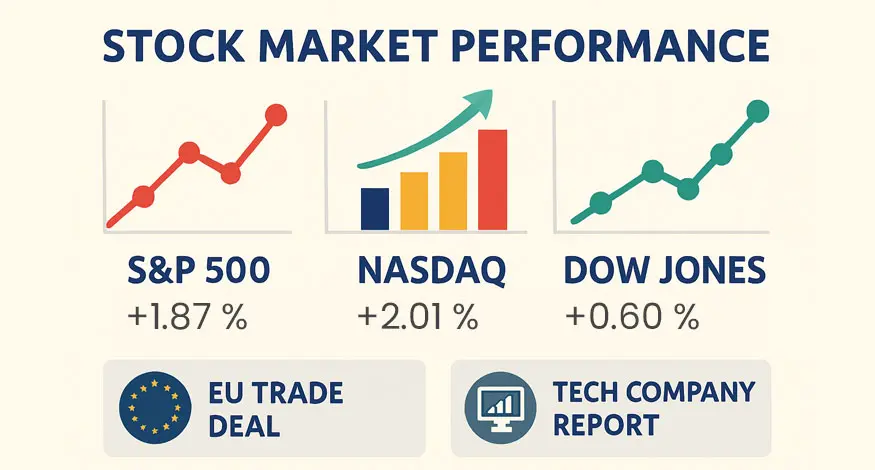If you’re self-employed, you’ve probably considered establishing a retirement plan. If you’ve done your homework, you likely know about simplified employee pensions (SEP IRAs) and savings incentive match plans for employees (SIMPLE IRAs). These plans typically appeal to small business owners because they don’t require much administration other than simple bookkeeping. What you may not know is that in many cases an individual 401(k) plan [also known as a solo 401(k) plan or employer-only 401(k) plan], may offer a better combination of benefits.
What is an individual 401(k) plan?
An individual 401(k) plan is a regular 401(k) plan combined with a profit-sharing plan. However, unlike a regular 401(k) plan, an individual 401(k) plan can be implemented only by self-employed individuals who have no other full-time employees (an exception applies if your full-time employee is your spouse). If you have full-time employees age 21 or older (other than your spouse) or part-time employees who work more than 1,000 hours a year, you will typically have to include them in any plan you set up, so adopting an individual 401(k) plan will not be a viable option.
An individual 401(k) plan isn’t really a different kind of 401(k) plan. Rather, it simply takes advantage of the fact that relaxed rules apply when the only individuals who participate in the plan are the owner and the owner’s spouse.
What makes an individual 401(k) plan attractive?
One feature that makes an individual 401(k) plan an attractive retirement savings vehicle is that your allowable contribution to an individual 401(k) plan may be larger than under a SEP or SIMPLE IRA.
With an individual 401(k) plan you can elect to defer up to $19,500 of your compensation to the plan for 2021, just as you could with any 401(k) plan. If you reach age 50 or older by the end of 2021, you can make an additional catch-up contribution of $6,500. In addition, as with a profit-sharing plan, your business can make a maximum tax-deductible contribution of up to 25% of your compensation (slightly less than that if you are a sole proprietor or unincorporated).
Because the amount of compensation deferred as part of a 401(k) plan does not count toward the 25% limit, you, as an owner-employee, can defer the maximum amount of compensation under the 401(k) plan, and still contribute up to 25% of total compensation to the profit-sharing plan on your own behalf. Total plan contributions for 2021 cannot, however, exceed the lesser of $58,000 or 100% of your compensation, plus any catch-up contributions if you’re 50 or older.
For example, Dan is 35 years old and is the sole owner of an incorporated business. His compensation in 2021 is $80,000. Dan sets up an individual 401(k) plan for his retirement. Under current tax law, Dan’s plan account can accept a tax-deductible business contribution of $20,000 (25% of $80,000), plus a 401(k) elective deferral contribution of $19,500. As a result, total plan contributions on Dan’s behalf equal $39,500, which falls within Dan’s contribution limit of $58,000 (the lesser of $58,000 or 100% of his compensation).
These contribution possibilities aren’t unique to individual 401(k) plans; any business establishing a regular 401(k) plan and a profit-sharing plan could make similar contributions. But individual 401(k) plans are simpler to administer than other types of retirement plans. Since they cover only a business owner and his or her spouse, individual 401(k) plans are not subject to the often burdensome and complicated administrative rules and discrimination testing that are generally required for regular 401(k) and profit-sharing plans.
You can design your individual 401(k) plan to let you designate all or part of your elective deferrals as Roth 401(k) contributions. Roth 401(k) contributions are made on an after-tax basis, just like Roth IRA contributions.
Other advantages of an individual 401(k) plan
Large potential annual contributions and straightforward administrative requirements are appealing, but individual 401(k) plans have other advantages, which are shared by many other types of retirement plans:
- An individual 401(k) is a tax-deferred retirement plan, so you pay no income tax on plan contributions or earnings (if any) until you withdraw money from the plan [qualified distributions from Roth 401(k) accounts are entirely free from federal income taxes]. And, your business’s contribution to the plan is tax deductible.
- Contributions to an individual 401(k) plan are completely discretionary. You should always try to contribute as much as possible, but you always have the option of reducing or even suspending plan contributions if necessary.
- An individual 401(k) plan can accept rollovers of funds from another retirement savings vehicle, such as an IRA, a SEP, or a previous employer’s 401(k) plan.
Disadvantages of an individual 401(k) plan
Despite its attractive features, an individual 401(k) plan may not be the right option for everyone. Here are a few potential drawbacks:
- An individual 401(k) plan requires little administrative work and there is no annual tax filing. This changes however once the plan’s assets exceeds $250,000. If you intend to borrow from your plan, you’ll also need a third-party administrator. In both case, you will have to file an annual IRS form.
- An individual 401(k) may not meet your future needs. If you hire a full-time employee who is not your spouse, you will no longer meet the eligibility requirements for the plan.
- In general, individual 401(k) plans are not subject to the Employee Retirement Income Security Act of 1974 (ERISA). Instead of creditor protection under ERISA, retirement funds in these plans receive whatever protection is afforded to them under your state’s law.




